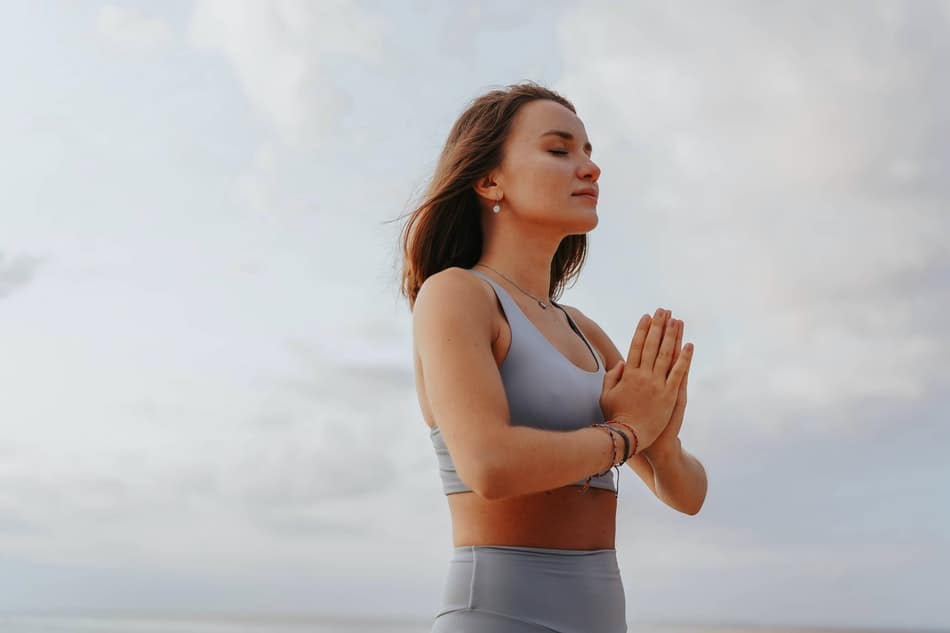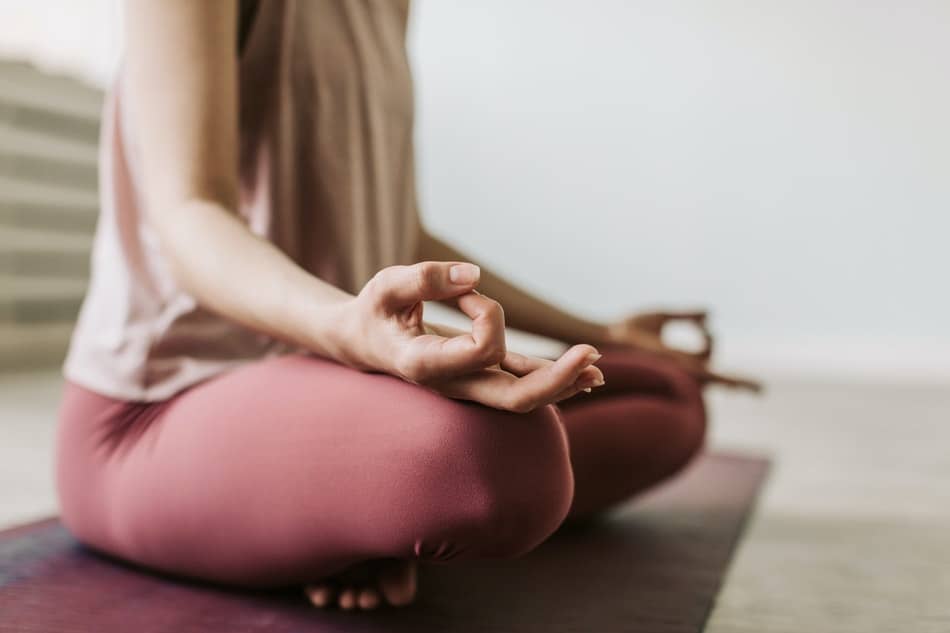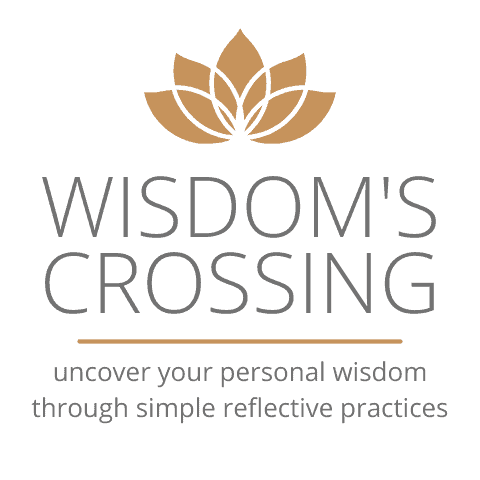There are so many different types of yoga. It can be hard to know which yoga is best for flexibility?. This article will discuss the benefits of three different types of yoga that are perfect for flexibility. I will also discuss which type of yoga is best for flexibility. Keep reading to learn more!
If you’re looking to improve your flexibility, there are a few specific types of yoga that can help. Hatha yoga is a good option for beginners, Ashtanga yoga is another good choice, and Bikram yoga.
Why Do You Need To Stay Flexible?
If you’re not flexible, you’re not living. Here are five reasons why staying flexible is important:
- It keeps your mind sharp. When you’re flexible, you have to think on your feet and be quick with your decisions. This helps keep your mind sharp and agile.
- It helps with stress relief. When you’re flexible, you can go with the flow and adapt to changes easily. This helps reduce stress levels and keeps you calm in challenging situations.
- It makes you more successful. Studies have shown that flexible people are more likely to be successful in their careers than those who aren’t. This is because they’re able to adapt to change and new challenges easily.
- It keeps your body healthy. When you’re flexible, your body can move more freely and with less risk of injury. This helps keep your body healthy and fit.
- It makes you happier. When you’re flexible, you’re more likely to be open-minded and accepting of new things. This makes you a happier person overall.

Which Yoga Is Best For Flexibility?
When it comes to yoga, there are many different types and styles that you can choose from. So, which type of yoga is best for flexibility? Here are four of the most popular types of yoga and how they can help improve your flexibility:
Hatha Yoga
Hatha yoga is a great way to ease into a regular yoga practice. The movements are slower and more controlled, making it perfect for beginners or those looking for a gentle workout.
Here’s how to get started
- The first step is finding a comfortable place to practice. It should be the flat, level ground where you can spread out your mat or towel. Ideally, you should practice in a quiet space where you will not be interrupted.
- The second step is, to begin with, some basic stretches. You can start by standing with your feet hip-width apart and your hands at your sides. Take a deep breath in and raise your arms overhead as you exhale. Then, bend forward from the waist, keeping your spine straight. Place your hands on the ground or your shins and breathe deeply for a few moments.
- The third step is to move into some of the classic yoga poses. These are designed to strengthen and stretch the muscles, as well as increase flexibility. Some basic poses include the mountain pose, downward-facing dog, and warrior II.
- The fourth and final step is to end with some relaxation techniques. This could involve lying down on your back in a corpse pose or sitting in a child’s pose.

Vinyasa Yoga
Vinyasa yoga is a bit more fast-paced than hatha yoga. It involves linking your breath with each movement, creating a flowing sequence. This type of yoga is great for building strength and improving coordination.
Here’s how to start:
- To do a basic vinyasa flow, start in mountain pose (tadasana).
- From there, inhale as you raise your arms overhead. As you exhale, bend forward from the hips, keeping your spine straight. Inhale as you come back to standing.
- Exhale as you jump or step your feet back into a low lunge position.
- Inhale as you bring your left arm up and over to the outside of your right leg, looking up toward the ceiling. exhale as you twist to the right, placing your left hand on the floor beside you.
- Inhale back to center and exhale as you jump or step your feet back into plank position. From there, continue through the rest of your sun salutation.
Ashtanga Yoga
Ashtanga yoga is a more challenging type of yoga that involves doing a set sequence of poses. This can be helpful for those who are looking to push themselves and improve their stamina.
If you’re new to Ashtanga, or any type of vinyasa flow yoga, it’s important to take things slowly at first and not push your body too hard. Start by practicing just a few poses from the primary series, and gradually add more as you build strength and stamina.
Here are a few tips to help you get started:
- Practice on an empty stomach, preferably in the morning.
- Wear comfortable clothing that won’t restrict your movement.
- Take breaks whenever you need to, and never push your body beyond its limits.
- If you’re unsure of how to do a pose, ask a qualified instructor for help.
With regular practice, you’ll eventually be able to complete the entire Ashtanga primary series. Just remember to take things at your own pace and listen to your body’s needs. Soon enough, you’ll be reaping all the benefits of this challenging yet rewarding yoga practice.
Iyengar Yoga
Iyengar yoga focuses on proper alignment and using props, such as blocks or straps. This type of yoga is great for improving flexibility and deepening your practice.
Here are five steps to get started with Iyengar yoga:
- Find an instructor who is certified by the Iyengar Yoga National Association of the United States (IYNAUS). Look for a class that is designated as “Introductory” or “Level I.”
- Wear comfortable clothing that does not restrict movement.
- Arrive to class early so that you can set up your mat and props in the correct configuration.
- During class, focus on your breath and be mindful of your alignment.
- When the class is over, take a few moments to relax in savasana (corpse pose).
Final Words
There are many different types of yoga, each with its benefits. Ashtanga, vinyasa and more. Whichever type of yoga you choose, be sure to practice regularly and listen to your body to avoid injury. With consistent practice, you’ll see your flexibility improve in no time!
Related Articles

